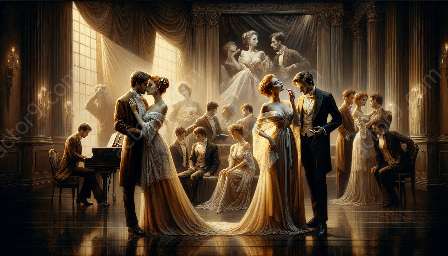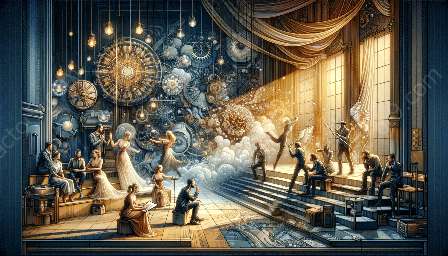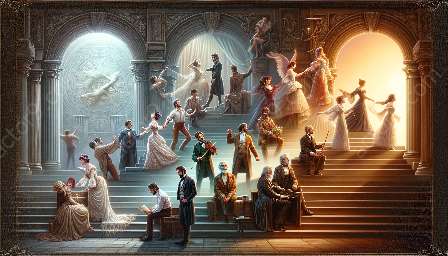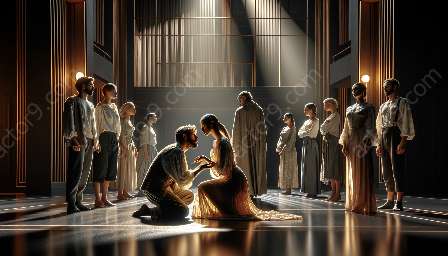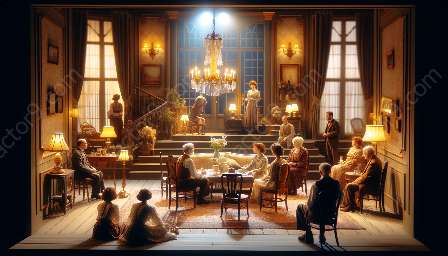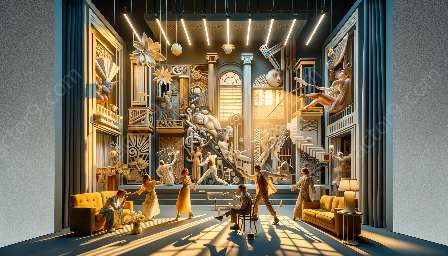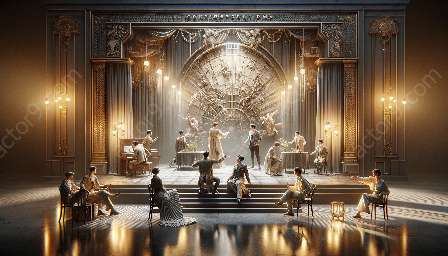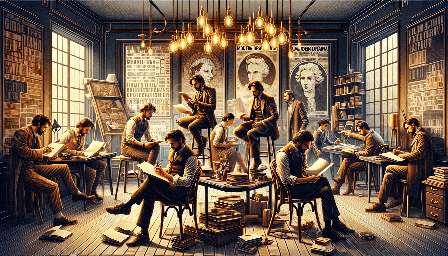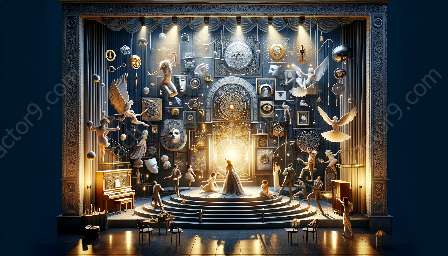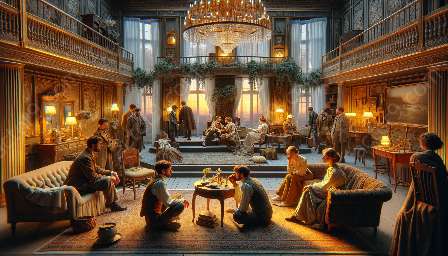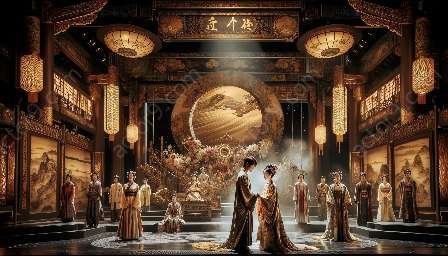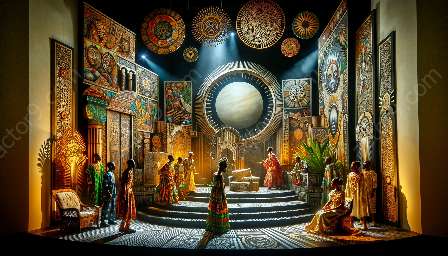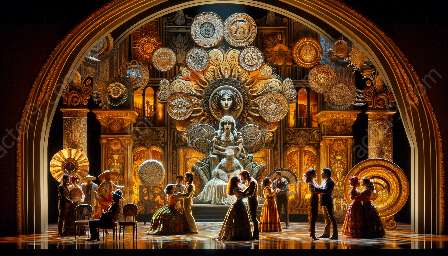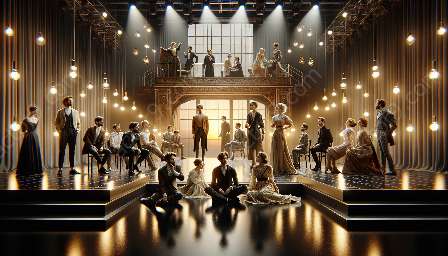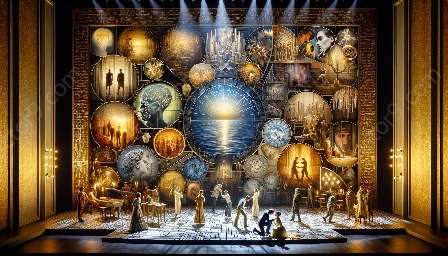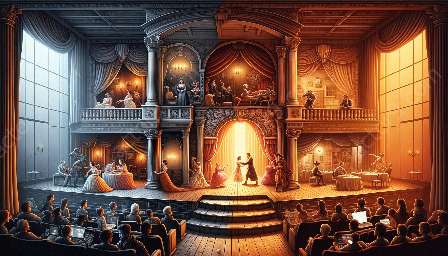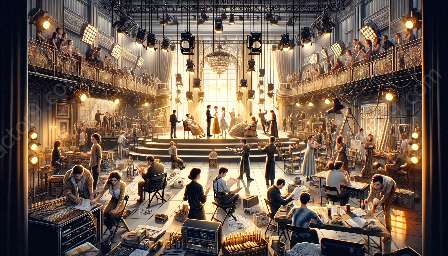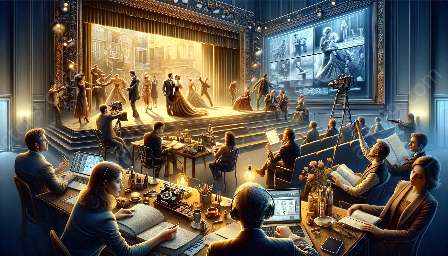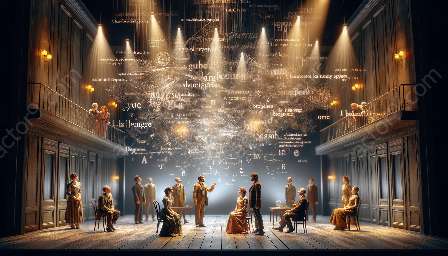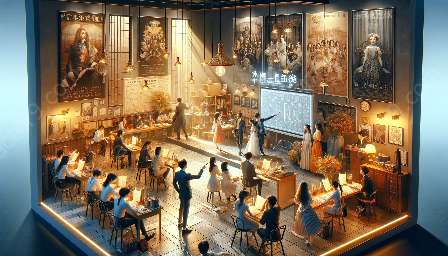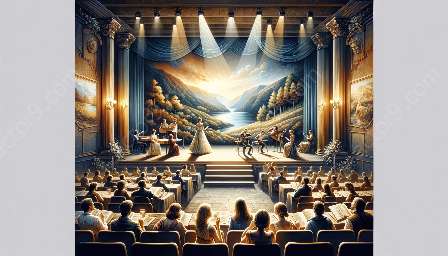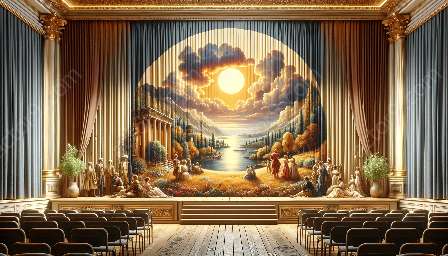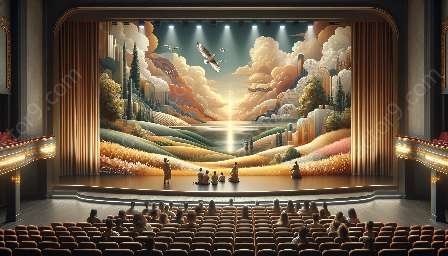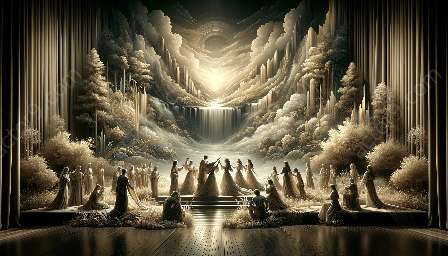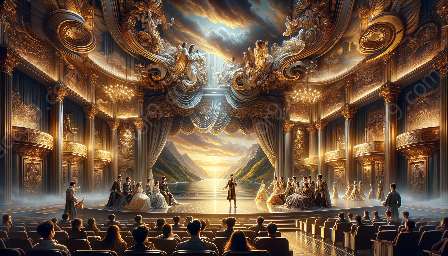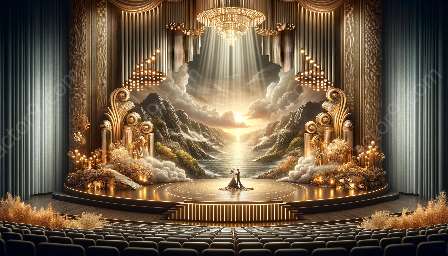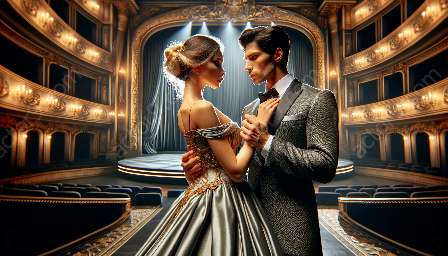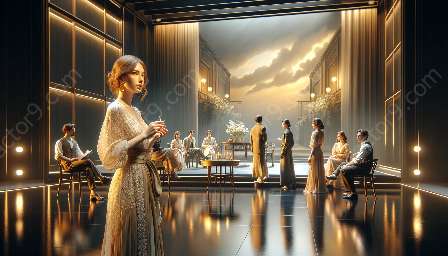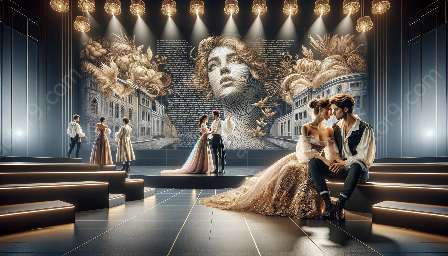The modern era has seen a fascinating integration of multimedia and visual elements in drama performances, enhancing storytelling and engaging audiences in new and innovative ways.
From the power of projection mapping to the allure of interactive video installations, modern drama has evolved to embrace a multi-sensory approach that speaks to the contemporary audience.
Evolution of Modern Drama
Modern drama is characterized by its departure from traditional forms and its embrace of experimentation and innovation.
With the emergence of new technologies, modern playwrights and directors have continuously sought to expand the boundaries of dramatic expression, incorporating multimedia and visual elements to enrich the theatrical experience.
Multimedia Integration
One of the key ways modern drama integrates multimedia elements is through the use of video projections. This technique allows for the creation of immersive environments, dynamic backgrounds, and the visualization of abstract concepts.
Well-known works such as 'Angels in America' by Tony Kushner and 'The Curious Incident of the Dog in the Night-Time' by Simon Stephens have employed video projections to immerse audiences in the complex emotional landscapes of their characters.
Additionally, sound design and music have become integral components of modern drama performances, contributing to the ambiance and emotional resonance of the narrative.
Visual Elements
When it comes to visual elements, modern drama often utilizes innovative stage designs, lighting effects, and interactive elements to create striking visual experiences.
Works such as 'War Horse' by Nick Stafford have captivated audiences with visually stunning puppetry, seamlessly blending live performance with larger-than-life visual elements.
Major Works in Modern Drama
Several major works in modern drama exemplify the seamless integration of multimedia and visual elements, reshaping the landscape of theatrical storytelling.
For instance, in 'The Encounter' by Simon McBurney, the use of binaural technology and intricate soundscapes transports audiences into a sensorial journey, blurring the boundaries between reality and imagination.
Furthermore, 'The Curious Incident of the Dog in the Night-Time' showcases the effective use of visual projections to convey the perspective of the protagonist, offering a unique window into the mind of a character with autism.
The Future of Modern Drama
As technology continues to advance, the integration of multimedia and visual elements in modern drama performances is poised to further evolve, pushing the boundaries of theatrical storytelling and audience engagement.
From virtual reality experiences to interactive installations, the future holds endless possibilities for enriching the dramatic arts through multimedia integration.

